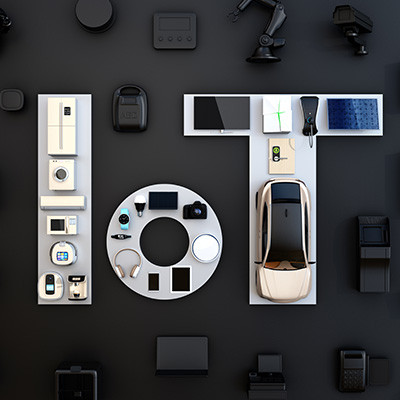Datalyst Blog
Is the Internet of Things Right for Your Business?
There has been a lot made about the Internet of Things (IoT) recently. The IoT is basically technology that connects to the Internet or your network and offers some sort of specialized task. Think smart light bulbs, mobile devices, monitoring tools, and other appliances that traditionally aren’t connected to the Internet. For today’s businesses this can bring several pros and cons to the table. This month, we thought we would take a brief look at some of the pros and cons of deploying IoT technology in the workplace.
IoT Benefits
New technology can bring a lot of benefits to a business and IoT technology is one of those innovations that some people may not even realize they are utilizing. One of the most important benefits of IoT is that it can help automate certain tasks. For any business, the more uniform the quality of any task, the more consistent the workflow. IoT can present a lot to a business in the way of enhancing the machine-to-machine presence, thus taking some of the more mundane responsibilities off of human resources. This enhanced automation sets up most of the other benefits IoT can bring to your business, including:
- Enhanced communication - IoT devices are ubiquitously connected which improves company-wide communication and results in better quality service and product delivery.
- Cost realignment - One of the biggest benefits IoT can bring a business is to optimize resource utilization, improving overall efficiency and reducing costs.
- Reporting - IoT devices create data that can be used to identify further inefficiencies and improve workflow performance and service and product delivery.
Detriments of IoT
Unfortunately, any technology comes with some type of detriments. Whether it is cost, the high price of management, or some other issue, it is important to have a clear view of any technology before you jump in with both feet. The largest detrimental characteristic of IoT technology is the less-than-stellar track record of network security that comes with having so many endpoints on your network. That’s not to say that the IoT, when deployed correctly, is a risk, it is just that there are some IoT devices that might be problematic if integrated without planning. Other cons include:
- Compatibility issues - Since there is no standard to go by for IoT devices, it can be difficult to get every IoT device to play nice with your current computing environment or even IoT devices from the same manufacturer. It can be an enigma.
- Increased complexity - As we mentioned earlier in this article, when something goes wrong with a single mission-critical endpoint on your network, it can be a catastrophe. With increased endpoints, the chances of something going wrong increases.
- Lifespan - One variable not many people consider when implementing IoT in their business is that each of these devices have to be consistently updated for functionality, security, and more. Each device you implement could add additional costs in terms of maintenance and support.
It’s important to understand what you have with IoT. It is a big part of future computing and could very well be the largest technological shift since the Internet was created. It can produce amazing results or it can be a giant resource sink, it’s all a matter of the consideration you take in creating the smart environment that you are looking for.
At Datalyst, innovation is our middle name. We can help any business make use of advanced technologies to help their business, not hold them back. Give us a call at (774) 213-9701 to learn more about what the Internet of Things can do for your business.


Comments